By JAAP VLEESKRUIJER
A smaller camera is less luggage, but will it take lesser photographs? On the road with the Leica CL and Panasonic GX8.
Originally I intended this article to be a somewhat technical one, with specifications, IQ comparisons, etc., but when I started processing and printing my images I started to realize that the technical stuff was rather irrelevant. I needed to explore the photographs themselves, and ask myself, “Am I taking more satisfactory images?”
So this article turned into more of an illustrated travelogue than a review. There are, of course, plenty reviews out there on that subject, so let’s not waste space on megapixels, resolution, ISO comparisons and the like. Suffice it to say that the images out of the Leica CL are somewhat smoother than those out of the Panasonic GX8, but both are more than good enough to produce flawless large prints, let alone high-quality web images.
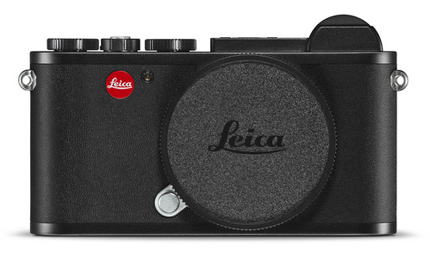
So, let’s think of our back muscles and see what lightening the load does.
Last year Leica brought out their APS-C mirrorless. There have been plenty of reviews, mostly positive, but how does this camera work out in practice as a travel camera? So I took it with me for a five-week varied trip through Africa — beach on the shores of Lake Nyasa, a tour of Malawi and a Botswana safari.
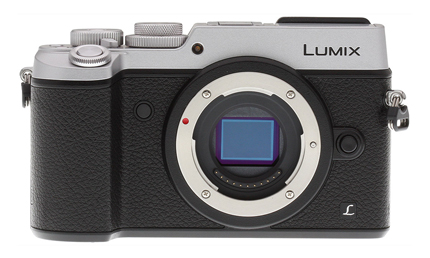
This gave me my first dilemma.
Although the CL, a couple of zooms and a fast M prime make a great and compact travel combo, using it for wildlife on safari is more complicated. There is no stabilized long zoom (or even prime), bar the SL 90-280mm, which is heavy, expensive and unbalanced on the CL, with limited O.I.S. through lack of I.B.I.S. Plus it’s on the short side for birds.
Given that making such a trip makes a backup camera mandatory, I decided to take the Panasonic GX8 with the Leica DG Vario-Elmar 100-400mm. A combo that is being used by a number of (professional) wildlife photographers. The lens zooms in to an 200-800mm equivalent and has the best image stabilization on the market, that is in combination with the GX8.
I threw in the compact and lightweight Leica DG Summilux 15mm F1.7 and the Summilux 25mm F1.4 for backup.
Oh and an advantage of the Panasonic is that it uses the same batteries as the Leica CL…
I threw in the compact and lightweight Leica DG Summilux 15 and 25 for backup.
This seems to be a good place to say something about image quality and sensor size.
Although there are valid theories about sensors, pixel sizes, noise and DoF, I find that in practice the lens (especially!) and the quality level of the sensor are far more relevant than sensor size. Only extreme use will show up differences that have an impact.
The consensus about the CL is that the image quality is extremely close to the Leica SL and M10 full-frame cameras. The new 20MP Panasonic is not far behind, so I decided to leave any worries on that account at home.
Which left me with the following setup — remember, this was a varied five-week trip, far away from any camera store:
Leica CL
Vario-Elmar TL 18-56mm (27-84mm equivalent)
Vario-Elmar TL 55-135mm (83-200mm equivalent)
Summilux-M 24mm F1.4
Panasonic GX8
DG Summilux 15mm
DG 25 Summilux 25mm
DG Vario-Elmar 100-400mm
SF-40D flash
HyperDrive UDMA3 500GB backup device
Sensor cleaning kit
6 batteries, 2 chargers
Novoflex walking stick / monopod
Leica Trinovid 10×42 binoculars
A dozen 32GB and 16GB SD cards
Of these, only the DG Summilux 25 and a few cards remained unused.
The whole kit fitted easily into an old small Hadley bag, with the binoculars in an outside pocket, and weighed in at about 8 kilograms. I did use a backpack harness.
We started off with some time on the shores of Lake Nyasa in the Manda Wilderness.
It was a long journey: from Amsterdam to Nairobi, from Nairobi to Lilongwe, Malawi, from Lilongwe to Likoma Island (which is still in Malawi) by a 6-seater Cessna, then from Likoma Island through customs and by speedboat to Cobue, Mozambique — with customs hassle. For our visa they wanted two 50-dollar bills. Not a 100-dollar bill, not five 20-dollar bills, not two 50-euro bills. No! We left our passports in their care to sort it later. Three days later, surprise surprise, they accepted euros.
Lazy days, not too many exciting photo opportunities, but the CL was a constant companion. It was never affected by the fine sand that is everywhere, but I took some extra care since the Leica is not weather sealed. The result were a few rather boring standard holiday shots.
For the following shot the fast electronic shutter was quite useful:
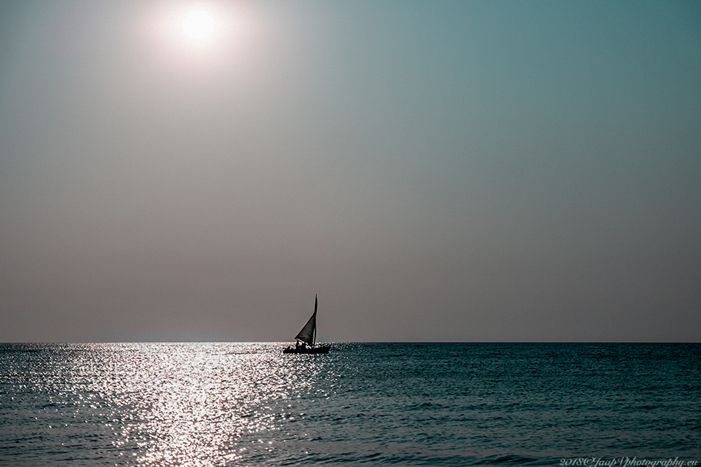
In the tropical light the Photographic Dynamic Range (PDR) turned out to be quite impressive.

Sometimes the lake is quite rough, a good opportunity to use the responsiveness of the camera.
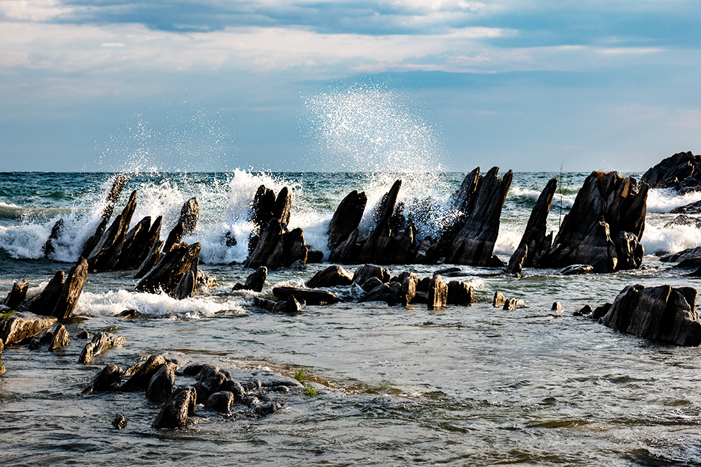
On other days, the sun was shining, which made life easy.
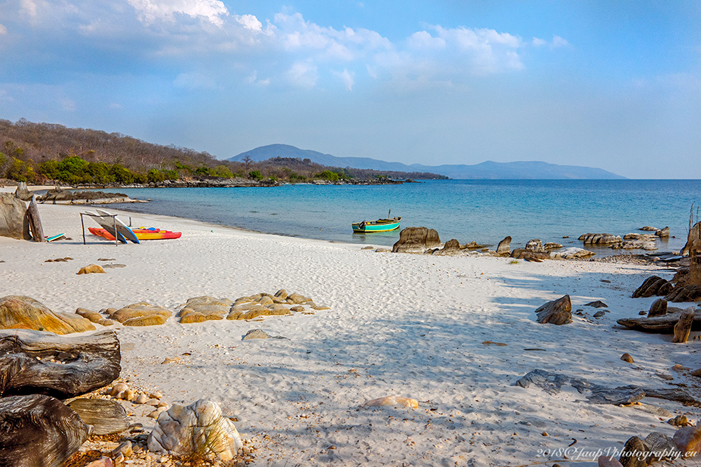
All in all, the CL did not disappoint, but obviously it is not the only mirrorless camera to perform well in these circumstances. However, it still has my preference for the intuitive and minimalist controls, combined with excellent image quality. The build quality makes for confidence in the gear in sometimes rough circumstances.
As soon as the camera is set up, one can save the settings in a user profile, and save a number of different profiles for different uses. I have, for instance, a standard setting, one for low light, one for longer lenses, etc. From these profiles, the only controls needed are the two wheels on the top with the buttons in the middle.
There are arrow buttons on the back and a programmable Fn button. The limited touchscreen functions are well thought out too, with one notable exception: touching the screen (as soon as it is active) by mistake may cause the focus point to wander. Leica should really provide a way to lock it in the last position.
Another plus of the camera is the seamless integration — through the adapter — of Leica M lenses.
After 11 carefree days our visit came to an end, but not without a reminder that I did not take a second camera for nothing. We discovered a squacco heron on the nest just behind the beach, and there was no way that one could get a decent photograph with the TL Vario-Elmar 55-135mm. So out came the Panasonic GX8 with the (Panasonic) Leica DG Vario-Elmar 100-400mm.
The 800mm equivalent reach with 5-axis, 5-stop dual stabilization was just the gear needed, and raised high expectations for the last leg of the trip:
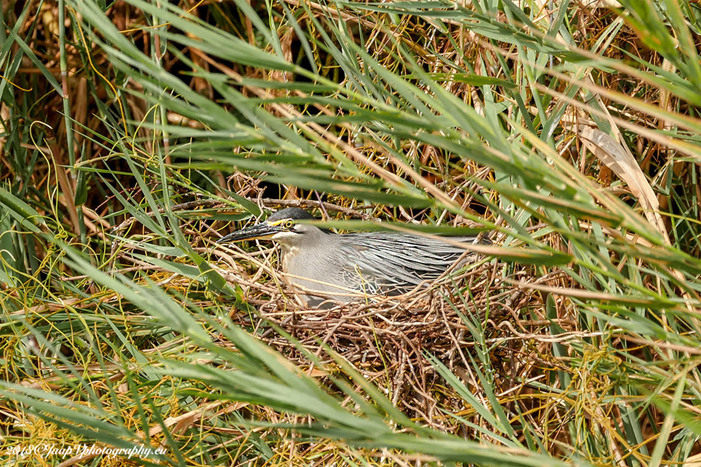
Which brought us to the next leg of our journey, and another type of photography. We boated back through Cobue to Likoma and flew to Lilongwe to start our trip through Malawi.
We were visiting a few projects there. We have two foster children through Plan International and are involved in medical aid. All Leica CL territory. The camera is small and discreet and attracts far less attention than button-rich DSLRs — and, strangely enough, small compacts.
First stop was Lilongwe, to pick up our car and driver. Everlasting — which indeed was his name – is a fine Ngoni gentleman, village chief and proud grandfather who strongly disapproves of his granddaughters’ wearing jeans. He used to be the official driver of Life President Hastings Banda and always entertains us with his reminiscences. A great informal portrait opportunity:
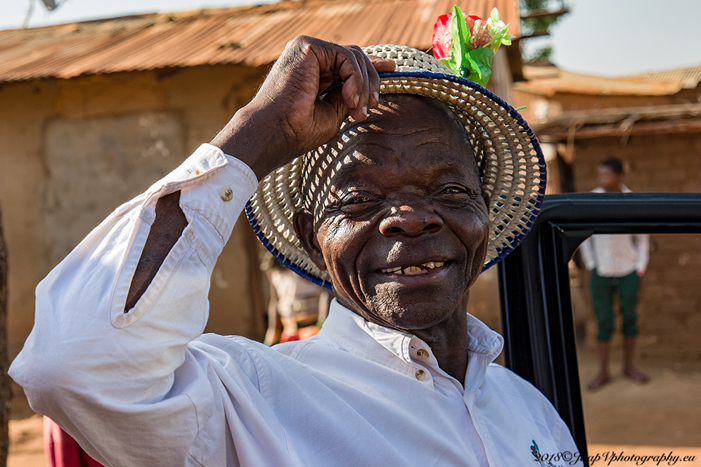
Malawi is the home of — amongst others — the Chewa people. Their culture is known for the Gulu dancers, a secret sect which holds their meetings on cemeteries. When dressed up in their regalia, they turn into spirits, represented by their mask and clothes.
They cannot speak, only grunt and are regarded as non-human. One will sometimes see them along the road and they will be present at all formal occasions, half feared, half respected by the locals. They will demand money to be photographed, well, to be seen really, but as the going rate is about half a dollar, that is not too bad.
Here the speed of handling the CL and its discreet appearance were a real advantage.
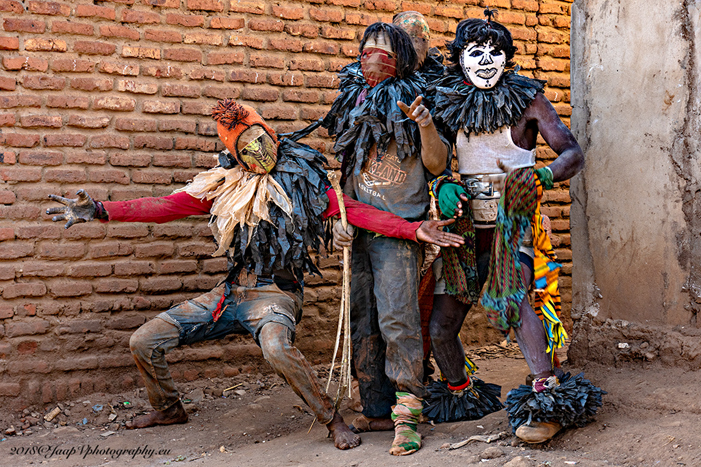
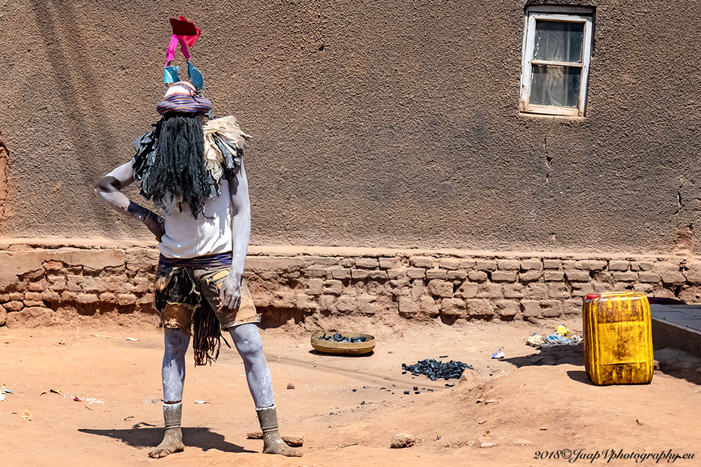
Driving into the poor north of Malawi, we stopped at the district town of Chimenya to buy supplies for the village we were going to visit. In Malawi, the end of the drought will be in December or January, but as the supplies of maize will have run out by then. Food prices will climb, making life more difficult for the poorer part of the population. Food security is quite low in this part of Africa. Failing rains will cause a famine. Anyway, the Leica CL paired with the 18-56mm proved to be an excellent street camera again. Note the excellent dynamic range.
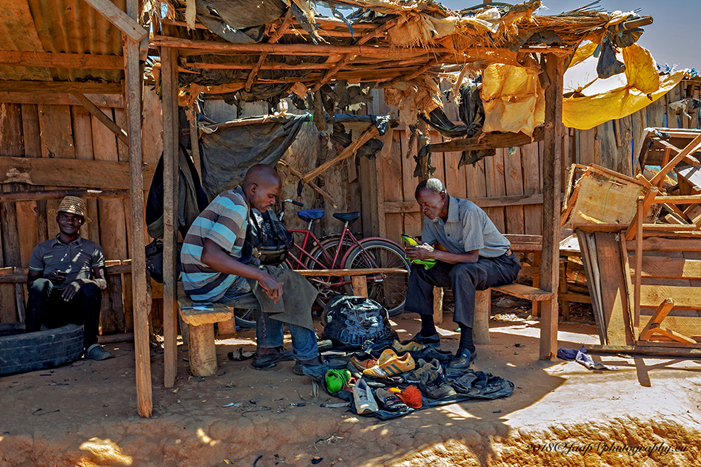
Upon reaching the village of Lojwa, the villagera were already waiting. We were made most welcome. I could photograph freely, as we know one another for many years.
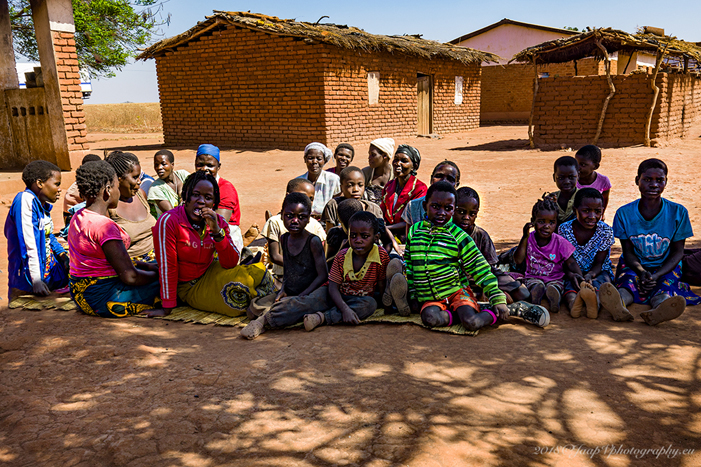
The video function of the CL came in handy, as we met the women of the village, singing and dancing in best African tradition. Switching is quite simple by the left control wheel (the wheels can be programmed between left and right).
Back in stills mode again, I happily snapped away with nobody really noticing the camera.
There were serious matters to discuss. We had initiated a goat project in the past, which had to be reported on — it is running well — and we had another project up our sleeves. In Europe, the loom bands craze had run its course, so my wife Patricia started collecting unwanted loom sets and we introduced them to the girls of the village.
They took to it enthusiastically. Now they will be selling loom bracelets on the market and the side of the road, generating some income, and helping to empower them.
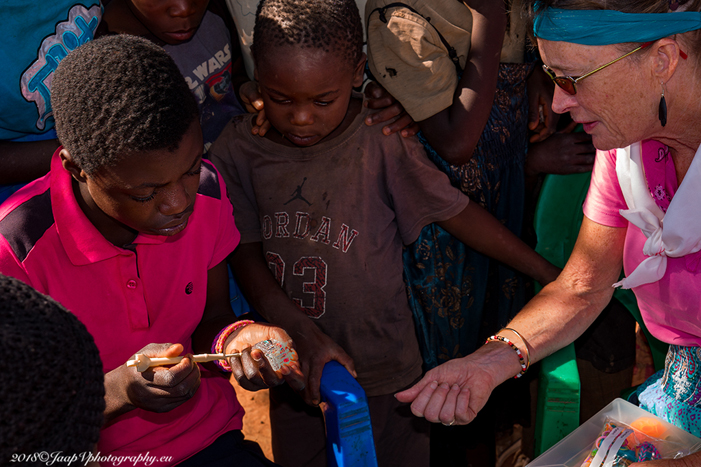
Next stop: our other sponsored family in Lilongwe, capital city of Malawi. Again, CL territory. I decided to go for images of the kids, as they exude a happiness and thoughtfulness that one rarely finds in other parts of the world. It is hard not to take photographs of children in Africa, as they demand “photo, photo” at every opportunity. Their parents and other adults have no objection at all and agree to publication on the Internet readily.
Here the fast autofocus and good handling of the CL were invaluable:
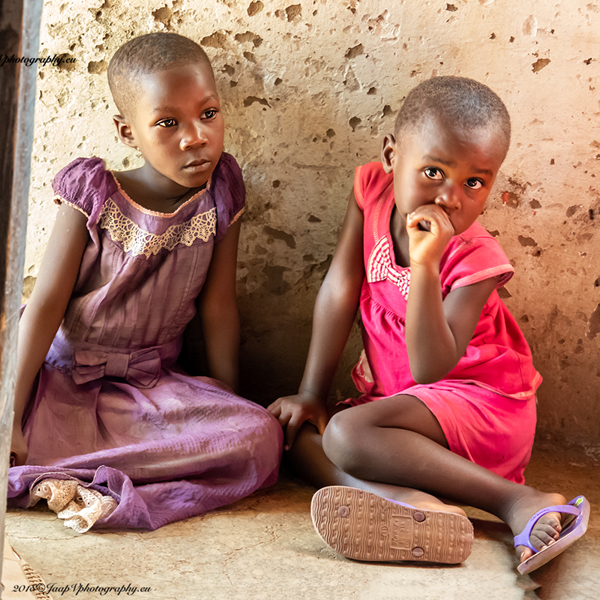
Interior photographs revealed the more than adequate ISO capacity of the CL. I have no hesitation in shooting up o ISO 6,400, but try to limit myself to ISO 2,300.
This concluded our visit to Malawi. The next day we got onto the plane to Livingstone, Zambia. This is the Zambia sector of Victoria Falls, but at this time of year there is only little water in the falls, and mostly on the Zimbabwe side. We walked down into the gorge, and at 39ºC the light weight of the CL came in handy.
I only took the 18-56mm, 55-135mm and a battery. The CL is not bad for battery life, but a spare battery in the pocket is a must. Fortunately these are compact and light, and as the camera takes the same model as a number of Panasonic cameras –including the GX8 –, there is no need to pay over the top for original ones. I had six batteries in all with me for both cameras.
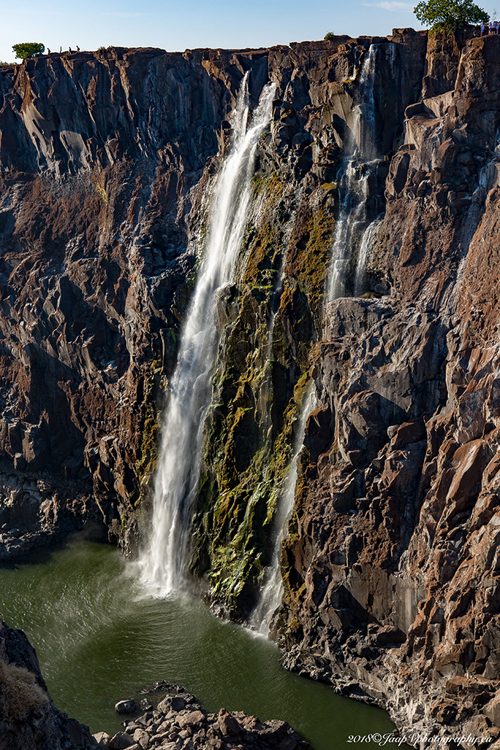
This shot demonstrates that there is nothing wrong with the dynamic range of the CL, and that the 18-56mm does not flare easily:
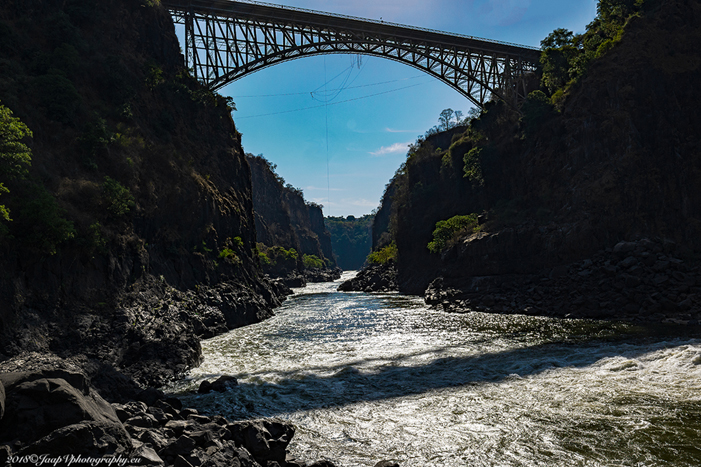
The next day our visit came to an end with a sundowner on the terrace of the fantastic Royal Livingstone Hotel. The spray in the distance will be far more impressive in the wet season.
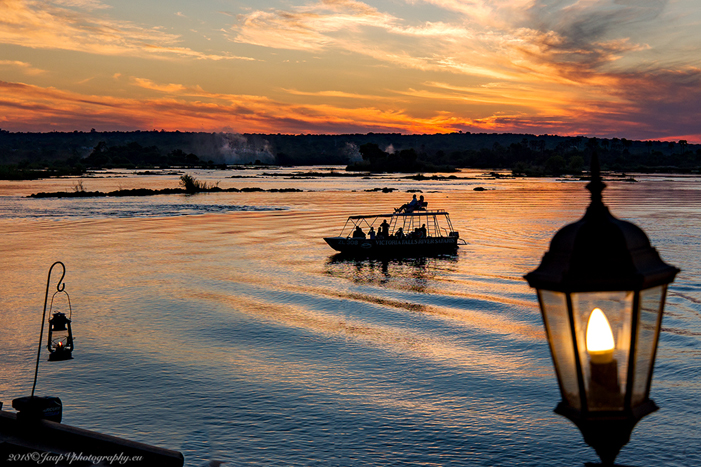
After that, we made our way to Botswana for our safari. That meant that the Panasonic GX8 and Leica DG Vario-Elmar 100-400mm came out of the bag. This combination is a high-quality alternative to the heavy long lens DSLR gear that is the standard for this use. However, more and more wildlife photographers are switching to combinations like this, as the lighter weight and 5-axis, 5-stop stabilization allow handheld shots that were impossible in the past.
The CL was relegated to more mundane shorter focal length work. The new Panasonic 20MP MFT sensor is of adequate quality, but for some shots the high DR and ISO capability of the CL came in handy.
First we had to cross into Botswana from Zambia, at the four-country point near Kasane. Quite a job for the huge international trucks, as the Zambezi and Chobe confluence only has two one-truck ferries. Sometimes they have to wait in queue for days to pass customs. We took one of the small private passenger launches, as we had transport waiting on the other side.
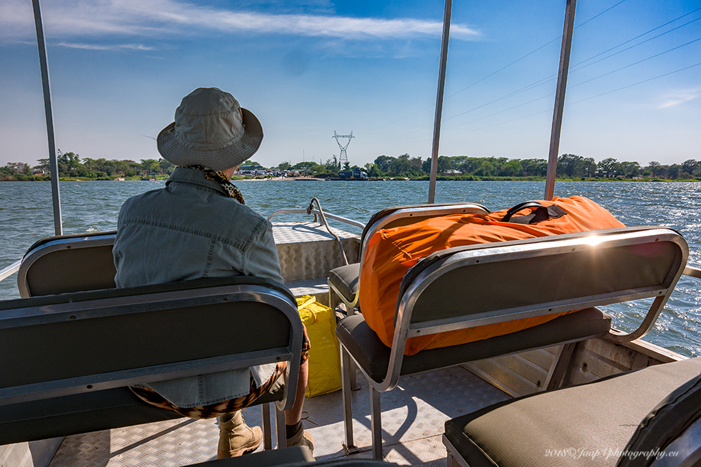
Time to get into the air and on to our safari! These small planes have a luggage limit of 15 kilograms, including hand luggage and camera gear. If you carry a DSLR, full gear and 600mm, you will need to charter luggage space. As it was, the pilot had to leave behind his own overnight bag and some other passenger’s luggage, as he had taken too much fuel on board (“So kan ik nie vlieg nie, man”). In cramped conditions, one appreciates a small camera.
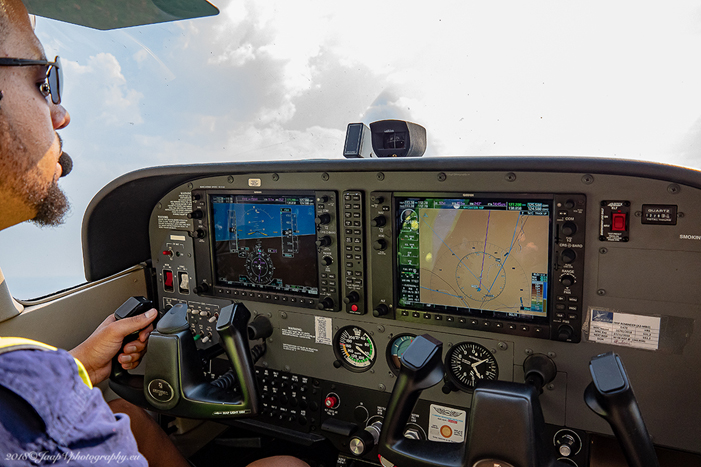
Botswana is an amazing place. Stable and relatively well-off, it has given a large part of its surface over to wildlife conservation. Photographic safari tourism makes up a considerable part of its GNP, and there is a good infrastructure. Drawback: they went — wisely — for low volume / high value tourism, making this one of the most expensive tourist destinations in the world.
However, if you know your way around, there are quite a few possibilities for financially more modest wildlife experiences.
We saw the traffic coming to a screeching halt on the main A33 from Kasane to Francistown, as a pack of African wild dogs –arguably the most desirable safari sighting around – crossed the road. Two dogs stood guard in the middle of the the road, allowing the other 20 to pass. Here you see them giving the all-clear.
I won’t bore everybody with a detailed account of the places where we stayed. We were in three places: Chobe, the Okavanga delta and the Khwai community area. Wildlife, as expected, was great, photo opportunities plentiful. I’ll let the images speak for themselves. Most were taken with the Panasonic combo, but the CL saw some use too.
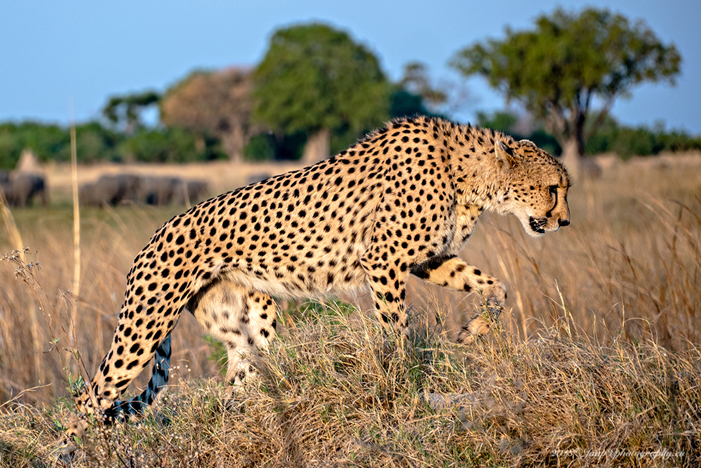
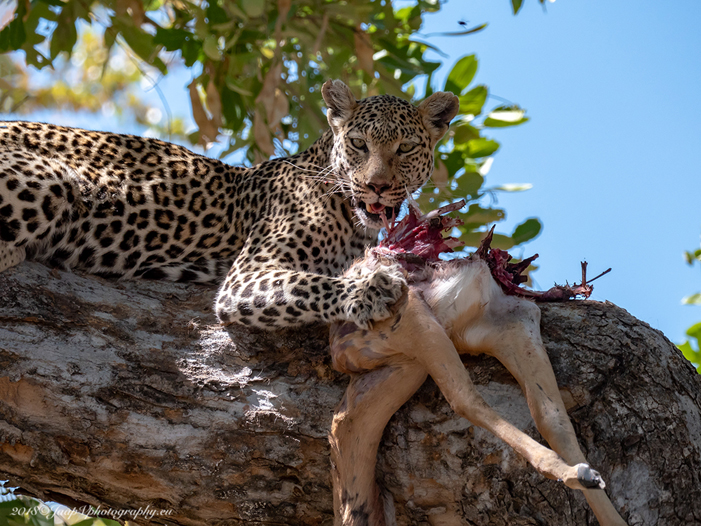
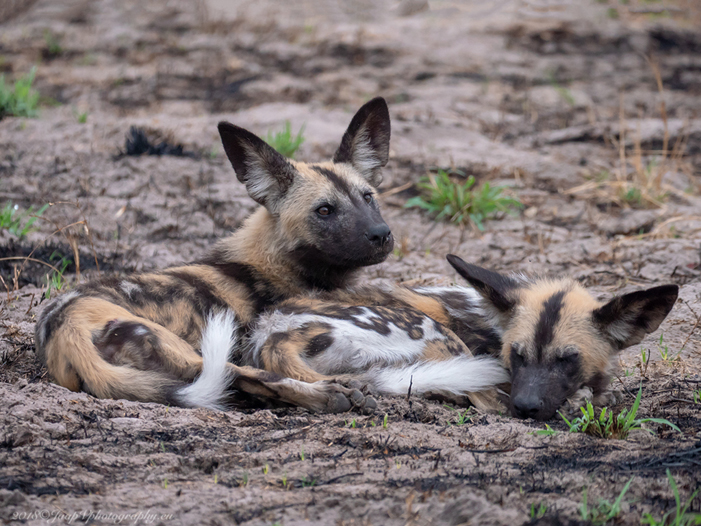
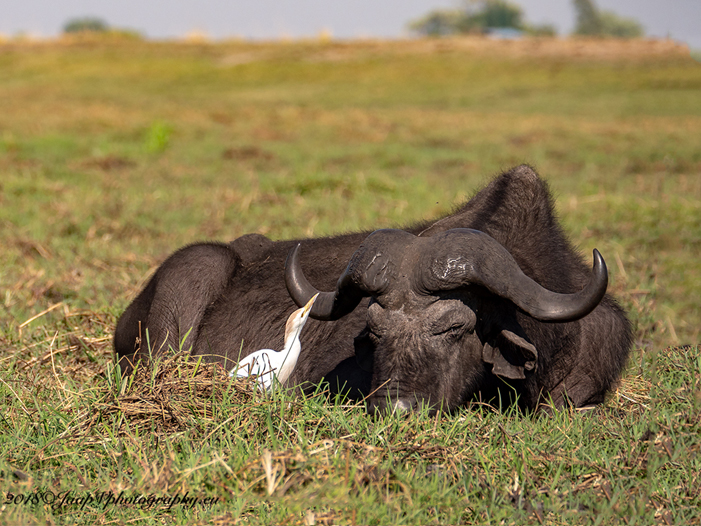
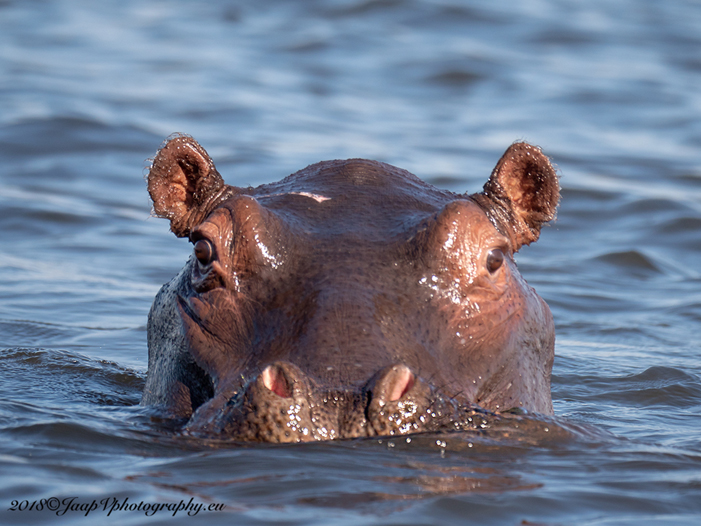
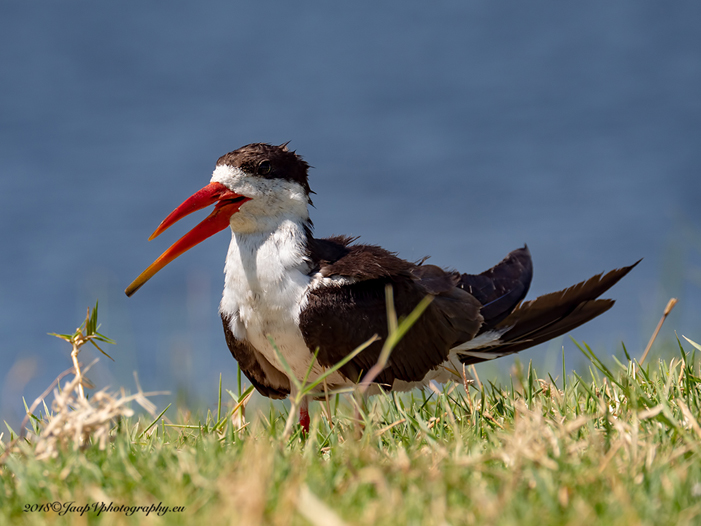
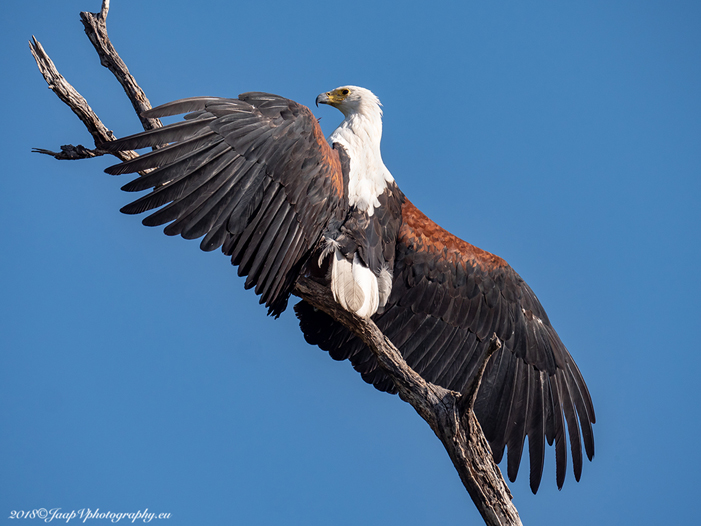
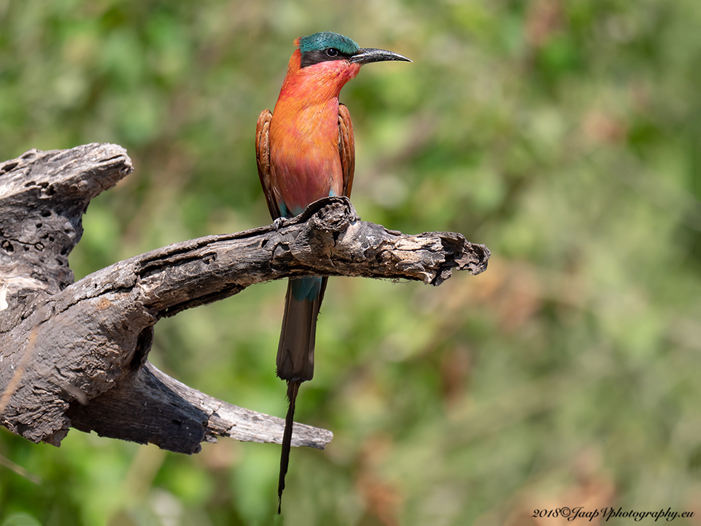
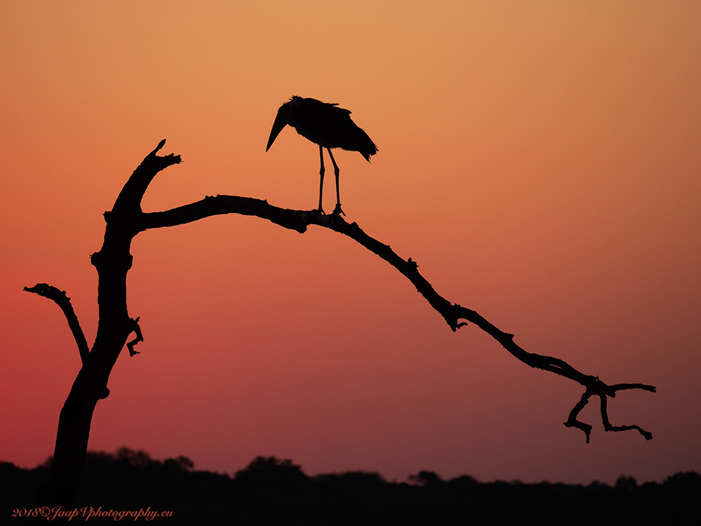
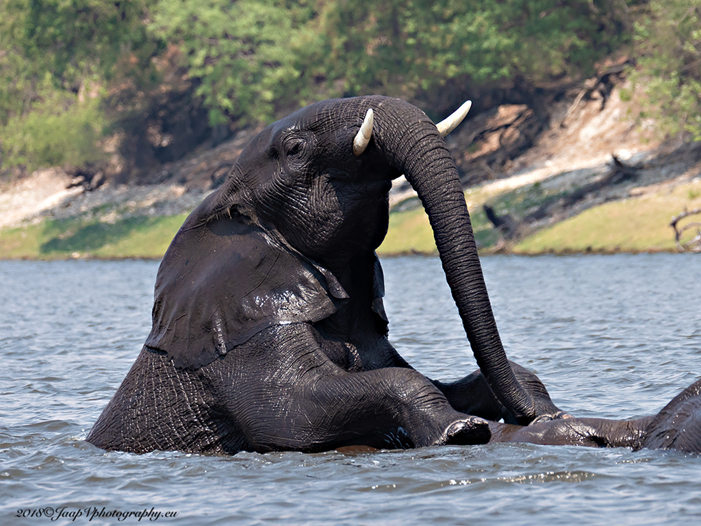
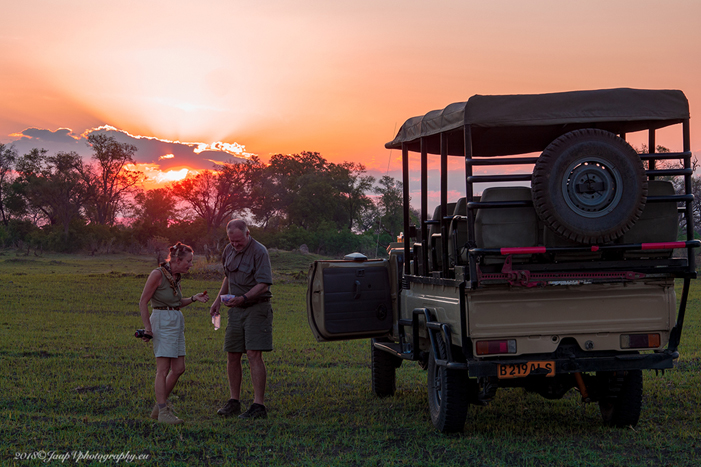
At the end of the day, what was my conclusion?
Moving away from heavy gear was the right decision. The Panasonic did well enough, although I would prefer carrying two CL cameras whenever Leica would release a compact, stabilized long zoom for APS-C.
Maybe Sigma will make my wish come true, who knows.
I had a reasonably compact set for a long and varied trip. Often I left some gear in the hotel and carried just what I needed for the day. The weight and size reduction was liberating.
The image quality was more than enough for any but the most specialized demands. The compact size made it much easier to get the shot, resulting in a far higher number of keepers than I had before.
I would advise anybody to take a good look at a system like this and compare it to a full DSLR kit.
For more on Jaap’s work, visit jaapvphotography.eu.
+++ All gear is available from B&H Photo, Adorama and also Amazon and eBay.


